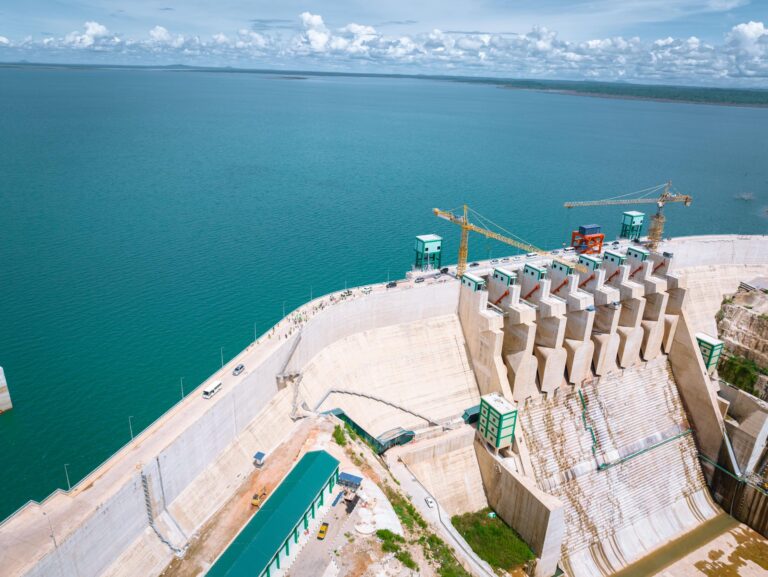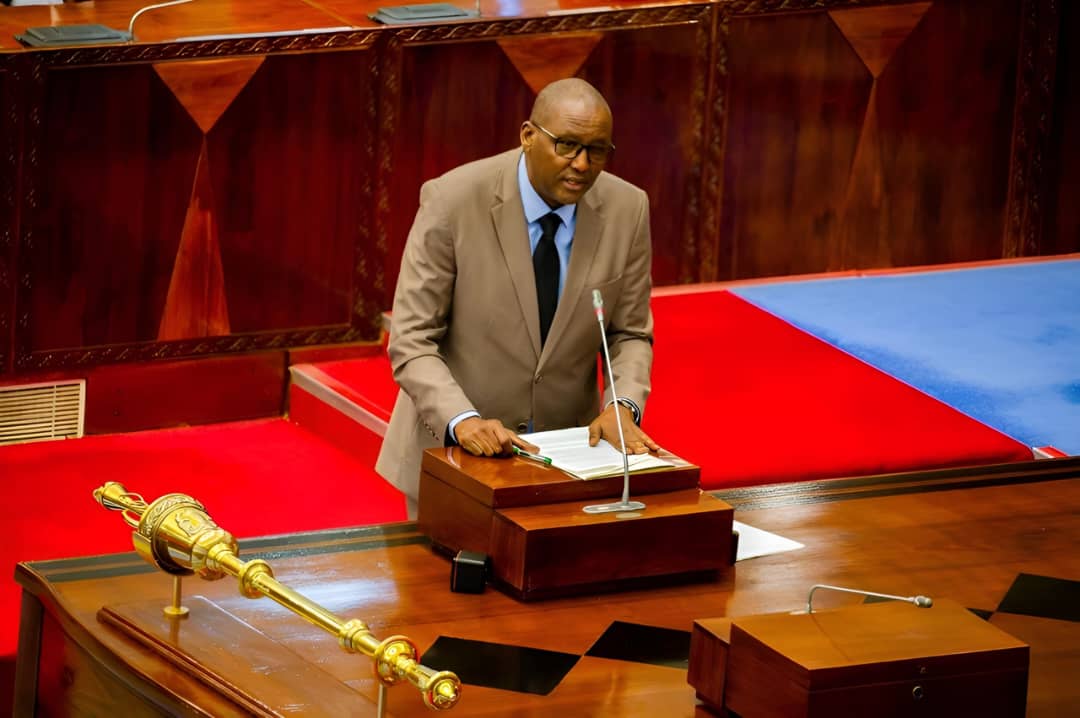Dar es Salaam. The government has officially announced the completion of the Julius Nyerere Hydropower Project (JNHPP), which cost over Sh6.5 trillion, stating that Tanzanians can now expect a reliable electricity supply.
The facility, located in the Rufiji District, will generate 2,115 megawatts of electricity, exceeding the current Tanzania’s peak demand of 1,908 megawatts (MW).
This achievement indicates that the country will realize its ambitious goal of generating 5,000 MW of electricity by the end of this year.
As of February this year, the Tanzania’s total electricity production capacity stood at 3,796.71 MW, marking a significant step forward in ensuring energy security and fostering economic transformation.
The completion of the JNHPP is particularly timely, as the announcement made by Deputy Prime Minister and Minister for Energy Dr. Doto Biteko during the project’s inspection on Saturday, April 5, 2025, aligns with Tanzania’s efforts to enhance its energy capacity and secure economic growth through improved infrastructure.
Dr Biteko noted that all nine turbines are now operational and emphasized the importance of strengthening the infrastructure to deliver electricity to the citizens.
“We are delighted to announce that all turbines are operational and generating electricity. The dream of harnessing energy from this significant source in Africa has become a reality,” he declared.
This operational status not only signifies the project’s completion but also reflects a shift towards energy self-sufficiency, crucial for industrial development and economic stability.
Dr Biteko highlighted that the project’s completion is a result of the vision of the Sixth Phase President, Dr Samia Suluhu Hassan, who inherited the project from her predecessor at only 33 percent completion.
Within her four-year term, she has successfully overseen the project’s finalization.
This rapid progress demonstrates effective leadership and strategic planning, which are vital for large-scale infrastructure projects that require coordinated efforts across various sectors.
He also mentioned that the government is in discussions with Zambia to sell electricity, with a power line currently under construction to connect the two countries.
“This is a major step for Tanzania in becoming an electricity exporter,” he added.
This move towards regional energy cooperation can bolster Tanzania’s economy by opening new revenue streams and enhancing its position in the East African energy market, potentially fostering greater regional stability and collaboration.
Dr. Biteko expressed gratitude to the Tanzania Electric Supply Company (TANESCO) for their efficient execution of the project and commended the Managing Director, Mr Gissima Nyamo-Hanga, for her excellent management of various electricity projects.
This recognition underscores the importance of collaboration between government entities and private sector players in achieving national objectives.
Of the over Sh6.5 trillion total cost of the project, the government has paid more than 99.5 percent so far.
This significant financial commitment not only reflects the government’s prioritization of energy infrastructure as a key driver of economic growth but also poses questions about future funding and investment strategies in the energy sector to maintain and expand this vital infrastructure.
Minister of State in the President’s Office (Planning and Investment), Prof Kitila Mkumbo, emphasized that the project represents an economic liberation.
He underscored that the reliable electricity supply generated by the project will stimulate industrial growth, attract investment, and ultimately enhance the quality of life for citizens.
By addressing energy shortages, the project paves the way for economic diversification and sustainability, allowing the country to harness its full potential.
Minister of State in the Office of the Vice President’s Office (Union and Environment), Mr Hamadi Masauni, noted that Tanzania has made history in Africa with the completion of the JNHPP.
He urged the importance of protecting water sources to safeguard the project.
This acknowledgment of environmental stewardship reflects a growing awareness of the need for sustainable practices in energy development, ensuring that the ecological impacts of such large-scale projects are considered and managed.







